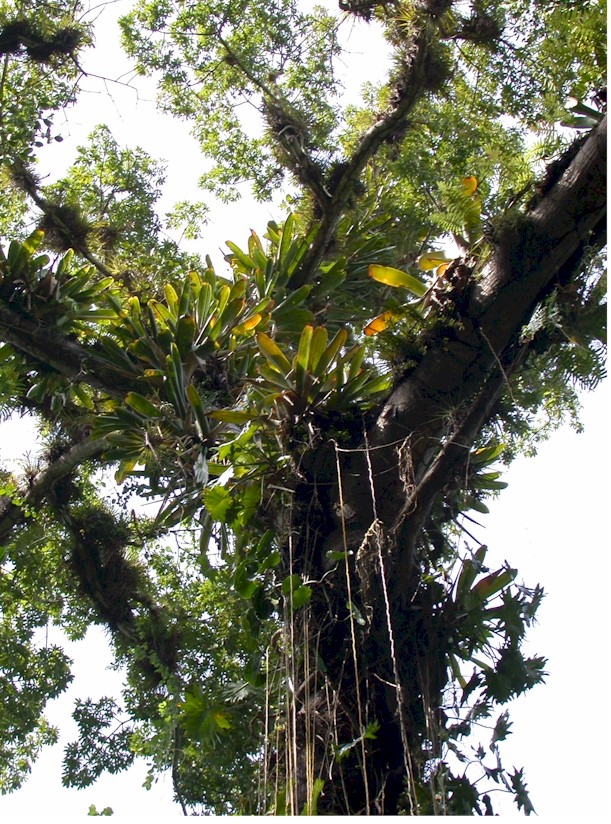
Introduction to Ecology

I. The Scope of Ecology
A. What is ecology?
1. A study of the "household of nature". Ecology explains how the world works.
Overview
Details
Why are there so many species? How have they come to live together?
Ecology is the study of organisms in relation to habit and habitat. (Elton, 1927)
2. Understanding of evolution by natural selection essential:
-all organisms procreate at a higher rate than is required to replace the parents
-individuals differ in ways that give different chances of survival
-many differences between individuals are heritable
- "survival of the fittest"
-what is fitness?
-natural selection ensures that existing species are suited to the environment in which they live (niche)
3. Fundamental question: How do the interactions between organisms and their environments determine the distribution and abundance of organisms? Why do species live where they do?
4. What are distributions?
-geographic range
example: red kangaroos
5. What is the environment?
a. Abiotic factors
temperature, water, sunlight, wind, soil
-impact of climate on organismal distribution
Arkansas temperate forest
example: forest floor compared with leaf canopy
b. Biotic factors
interactions with other species: predation, disease, competition
example: http://www.flickr.com/photos/sojourner1dc/5404055196/
example: introduced species
6. Ecology is divided into 4 increasingly comprehensive levels
a. Ecological levels of biological organization
b. Levels of ecological investigation
-global climate

Jamaican forest tree